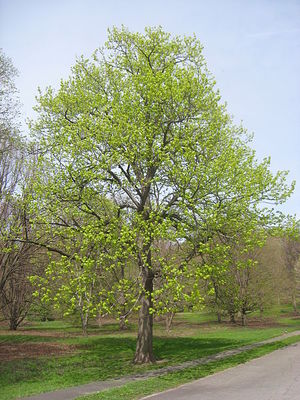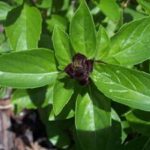Linden trees, also called Lime, Basswood, or Bastwood, are some of the most useful trees you can find. Long lived, pretty, and surprisingly valuable as a food source, the linden trees are useful for almost any purpose. Given the opportunity, I would plant linden trees everywhere, since they are some of the most prized trees for almost any purpose.
Finding Linden Trees
Linden trees are easily recognizable by their leaves, flowers, or fruit. The leaves are asymmetric heart shapes, and they almost always have fruits or flowers on the branches. Both the flowers and fruit are suspended from tiny “tongue leaves” and the fruit looks like a small fuzzy pea. Cities plant them as an urban shade plant since they grow fast and dense. They are found almost all the way across the United States and Europe, preferring climates with a cold winter (about zones 3-7).
As a Food Source
Linden trees are some of my favorite wild edibles. Almost every part on them besides the wood can be eaten in some form or another. The leaves, when new and still growing, are actually an incredibly palatable salad green. They have a nice fresh taste.
The flowers are slightly sweet and used for medicinal purposes in Europe. They can be made into tea, or you can just grab a handful and munch. They seem to have a few days in which they are at the peak of sweetness, and finding those days can be difficult without trial and error.
The fruits have an edible core, but it is a lot of work to get at it, so I have only tried it a few times. That said, were I desperate, there is usually an abundance of last year’s fruits around the base of the tree in winter that could be gathered and stored.
As a Fiber Source
The name “bast wood” implies that the wood itself has value as a source of fiber for weaving. The inner bark can be peeled and soaked in water, and once that is done, it becomes a strong fiber for the production of clothing. Today that use is almost dead, but if I needed a source of natural fibers for rope and had one available, I would definitely consider it an option.
As a Wood Source
The wood is quite strong with little grain. That makes it a great wood for carving, since you can carve intricately without worrying about tearing the natural grain of the piece. It makes a decent wood for instruments, and it was a traditional wood for instruments and carvings in the middle ages.
Final Notes
Chances are, you have seen plenty of linden trees in your area. They are a common site in cities and are widely planted for all of the reasons outlined above. If you are looking for a shade tree that you can also pull a salad off of, look no further than the Tilia family, commonly known as the linden tree.
Sources:
Arbor Day Foundation: http://www.arborday.org/treeguide/treeDetail.cfm?id=119
Nathan Carlos Rupley: Two Edible Trees: http://nathanrupley.wordpress.com/2011/04/28/two-edible-trees/





